As an avid railfan, I understand the importance of reliable radio reception to listen to railroad radio traffic while watching trains. At my current QTH, I have a Yaesu FT-252 2m handheld radio equipped with a longer aftermarket 15" Diamond antenna. Despite its efficiency, my QTH, situated about 4.5 miles from the tracks, often limits my reception when I am indoors.
I am familiar with the concept of polarization between HF (generally horizontal) and VHF (generally vertical). However, due to constraints (a long story), I am unable to install a vertical VHF antenna. Instead, I have an Off-Center Fed (OCF) dipole for HF, with one leg measuring 11 feet and the other 55 feet, set up about 30 feet high between trees. This setup works quite well for HF bands ranging from 40m to 10m.
The Experiment: Can an OCF Dipole Work for VHF Reception?
Given my circumstances, I am considering using my OCF dipole for VHF reception. My idea is to connect the feed line of the OCF dipole to my handheld radio using an SO-239 to SMA adapter. But before I make this purchase, I am curious if this setup would allow me to receive any 2m signals.
Mixed Reports and Considerations
I have come across mixed reports regarding the feasibility of using an HF antenna for VHF reception. Some say it can work, others suggest it won't be resonant and thus won't work, while some argue that it might attenuate the signal to the extent that I won't hear anything but noise. Importantly, I will only be receiving and not transmitting in this configuration.
Theoretical and Practical Insights
Resonance and Signal Reception
- Resonance: Ideally, antennas are designed to be resonant at specific frequencies. An OCF dipole, resonant at HF frequencies, may not perform optimally at VHF frequencies due to its design and length.
- Polarization: There is also the consideration of polarization mismatch, as HF antennas are typically horizontally polarized, while VHF signals, especially for railroad communications, are vertically polarized. This mismatch can result in signal loss.
Practical Use
Despite the theoretical limitations, practical experience suggests that even non-resonant antennas can sometimes work for reception. The key points to consider are:
- Signal Strength: If the signal is strong enough, an OCF dipole may still pick it up.
- Attenuation: There may be some attenuation, but this might not be significant enough to prevent reception entirely.
Should You Try It?
Given the low cost of an SO-239 to SMA adapter and the potential benefits, it would be worthwhile to experiment with your current OCF dipole setup. Here are some points to consider:
- Experimentation: It would be a missed opportunity not to try it. The adapter can be useful for future projects, such as connecting a NanoVNA or RTL-SDR to the antenna.
- Improving Performance: Adding a trap or other modifications to the antenna could enhance its performance for VHF reception.
- Minimal Risk: Since you are only receiving and not transmitting, there is no risk of damaging your equipment.
Conclusion
In conclusion, while an OCF dipole is not optimized for VHF frequencies, it may still provide acceptable performance for receiving 2m signals, particularly if you are in a location with strong signal strength. The experiment is low-cost and low-risk, with the potential for useful insights and benefits.
If you decide to proceed, I would love to hear about your experiences and the results. Any modifications or improvements you discover could be valuable to other amateur radio enthusiasts facing similar constraints. Good luck, and happy listening!
Feel free to share your thoughts, questions, and results in the comments below. Let's learn and explore together!

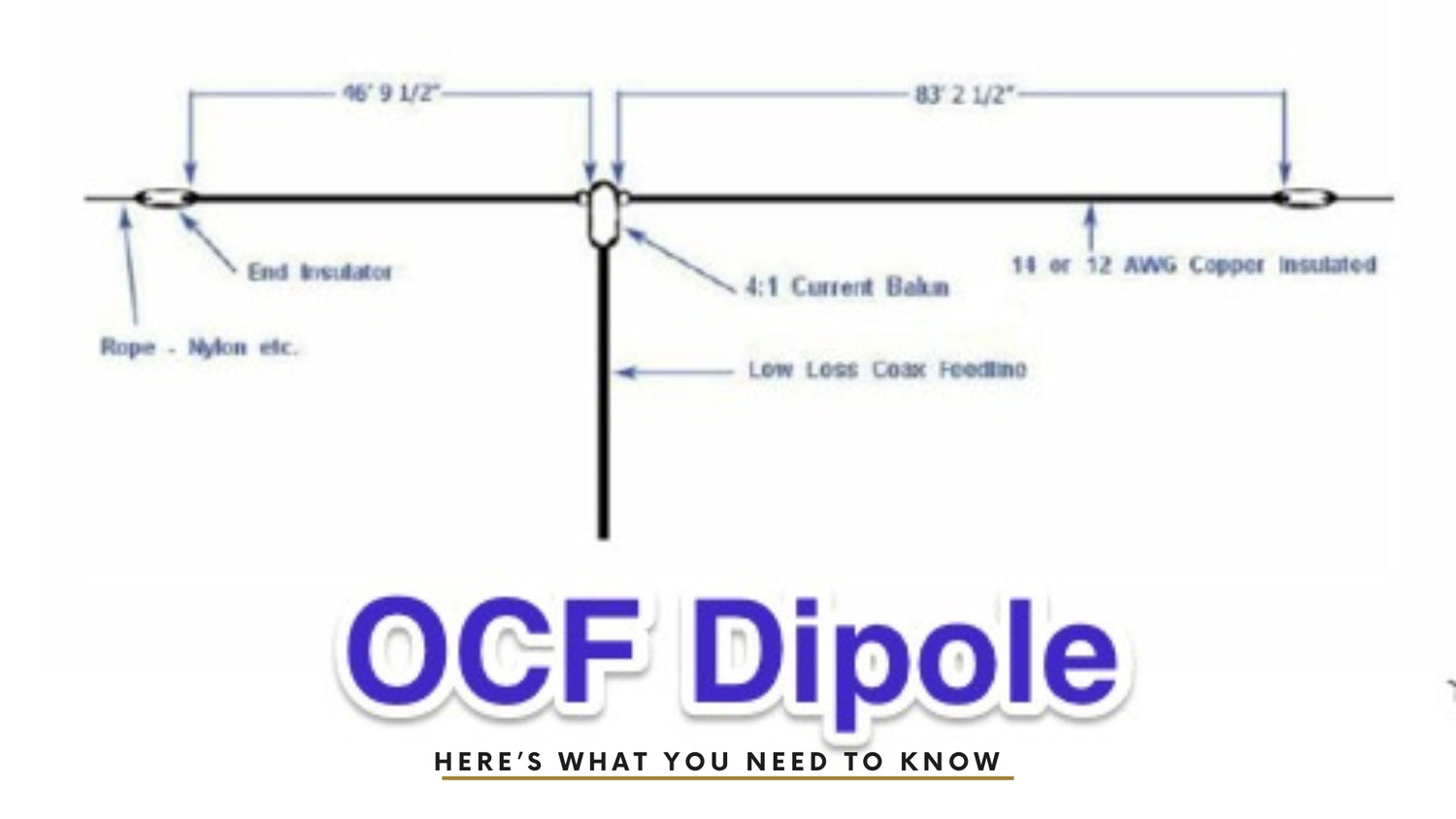

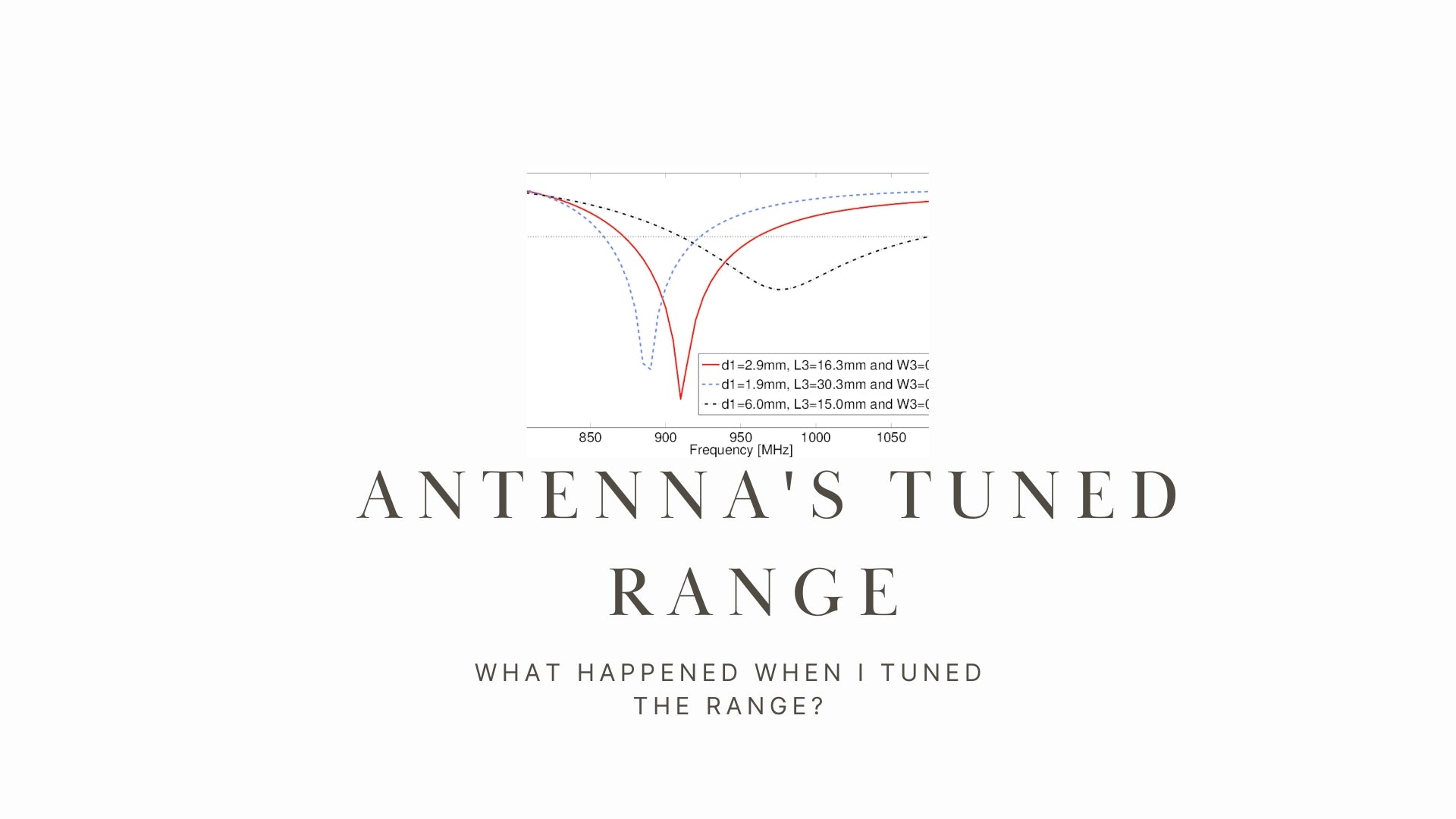
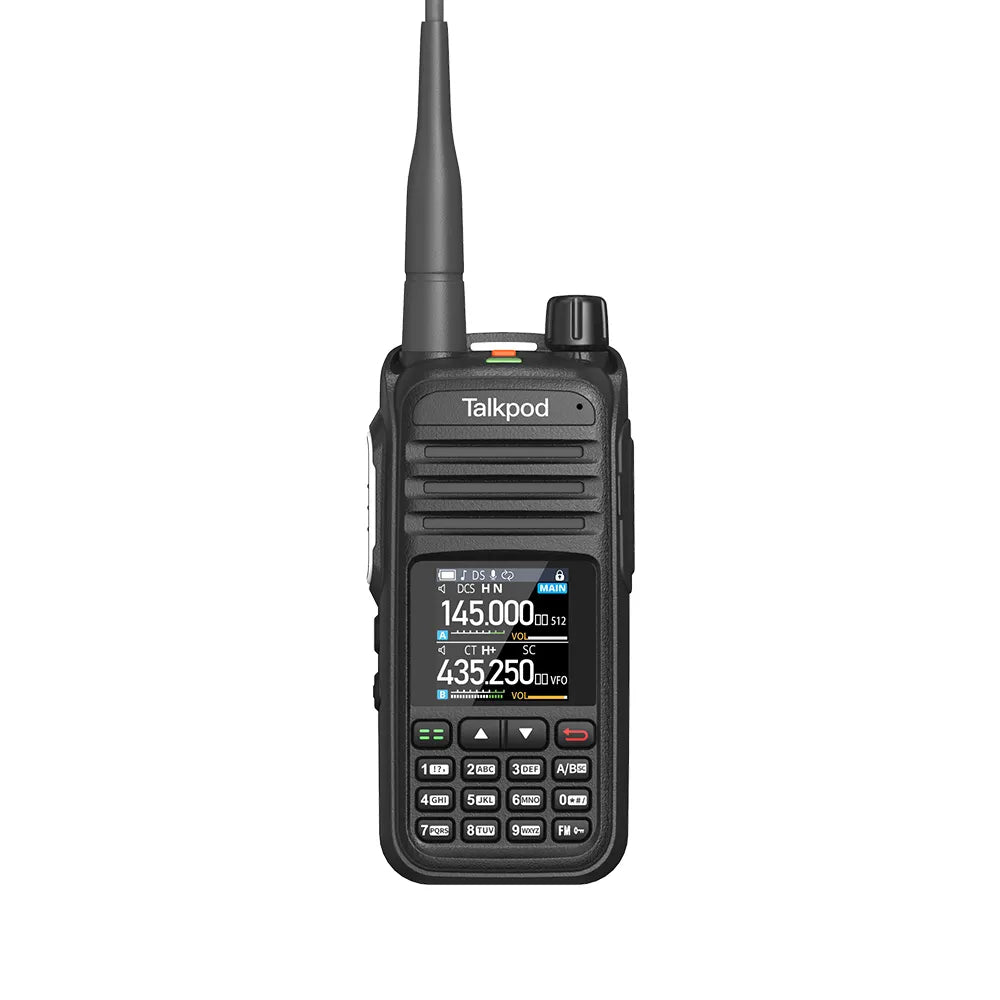
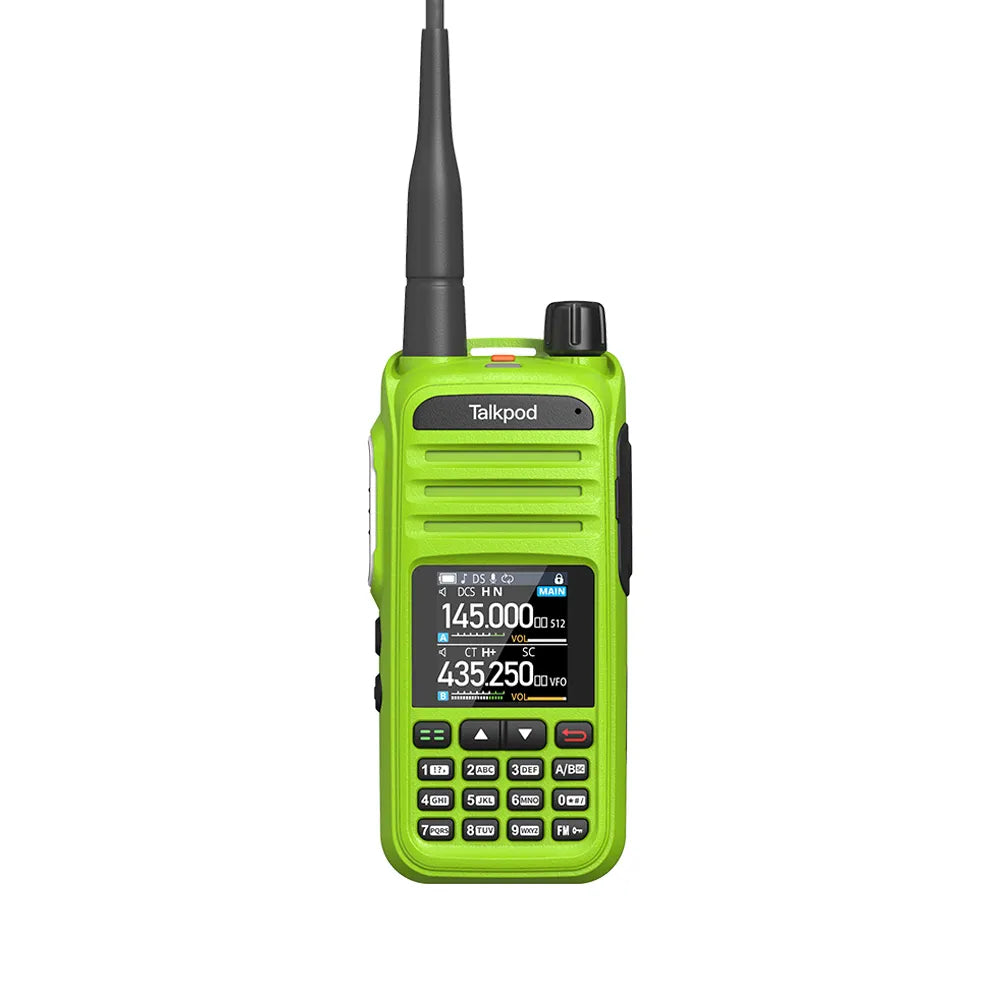


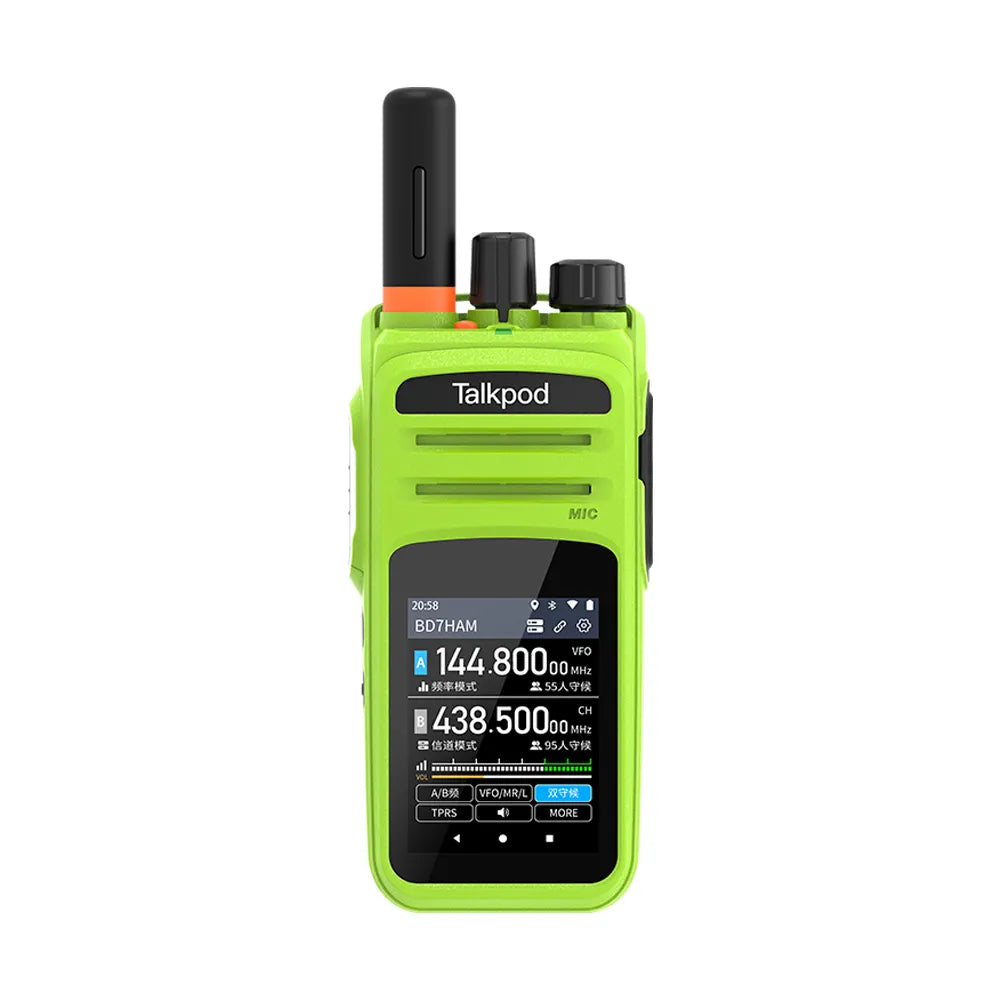

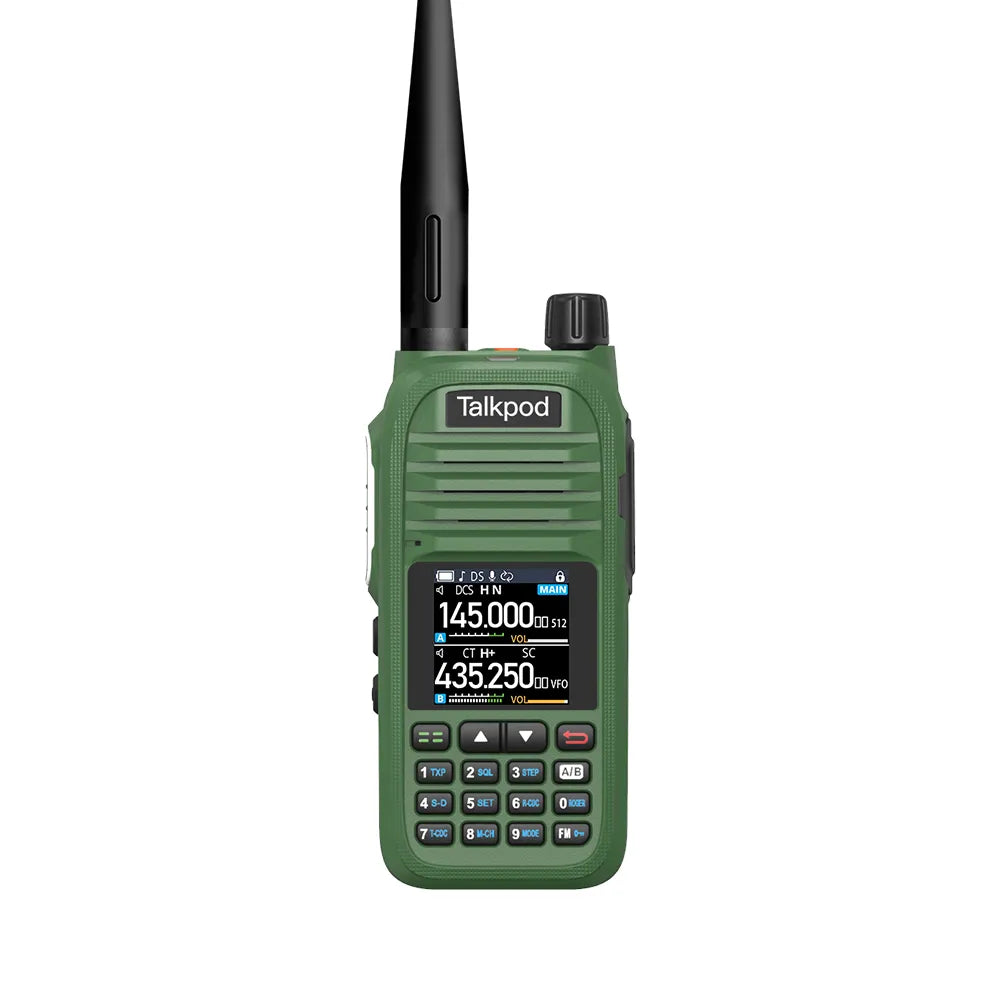
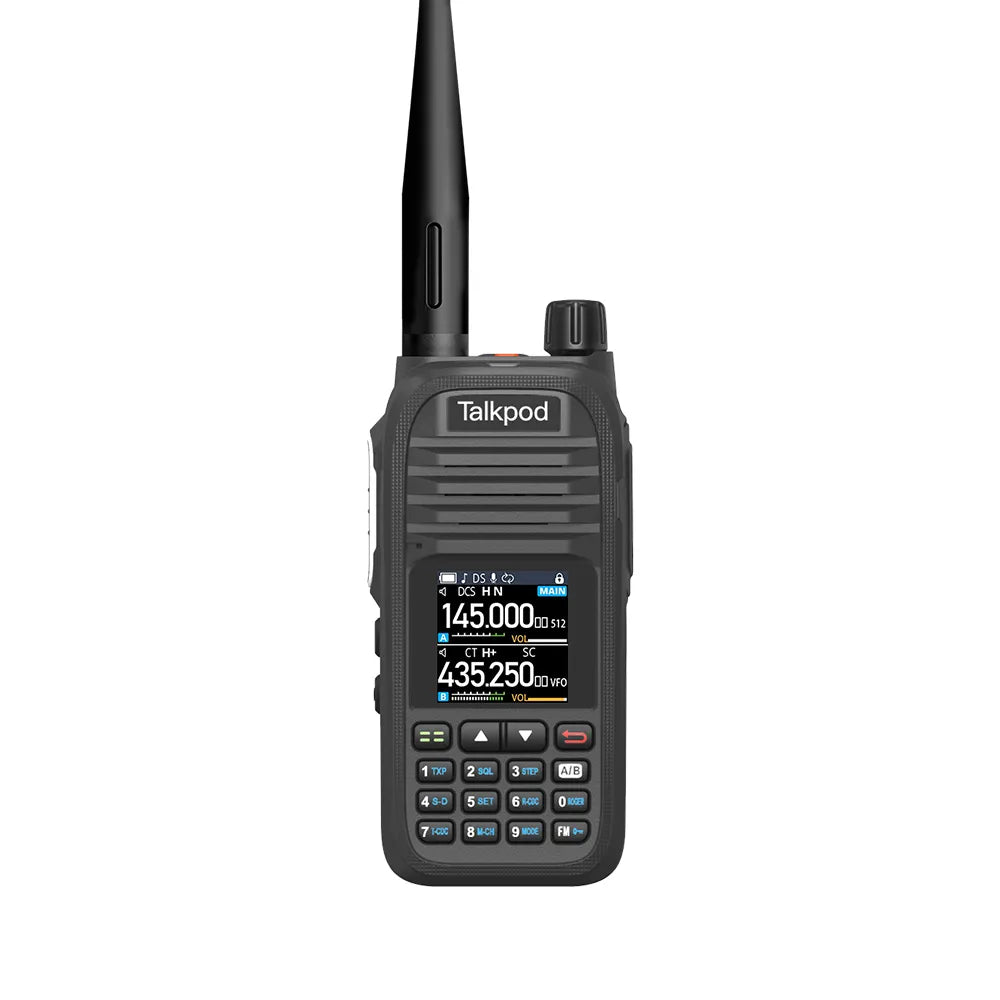
Leave a comment
All comments are moderated before being published.
This site is protected by hCaptcha and the hCaptcha Privacy Policy and Terms of Service apply.